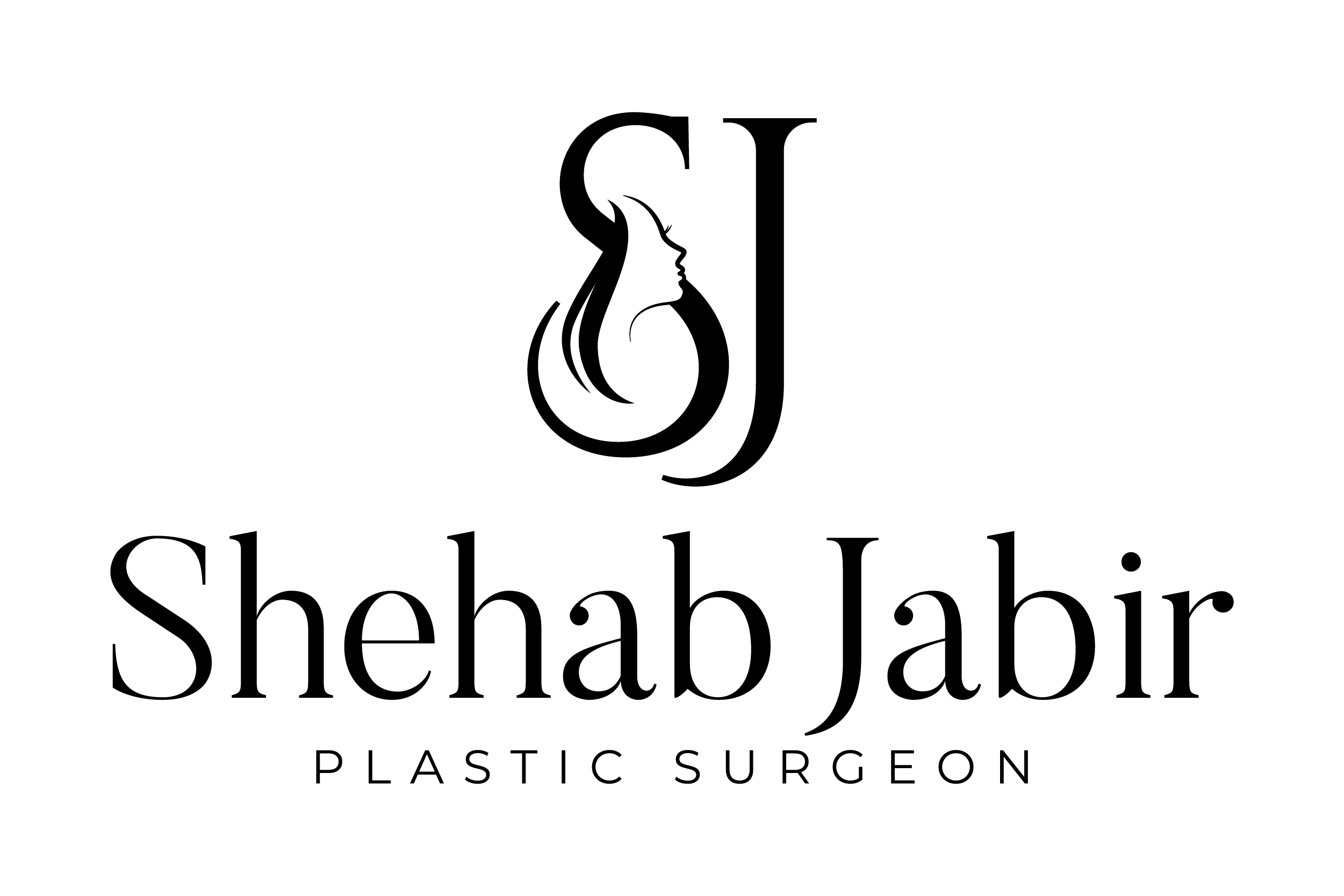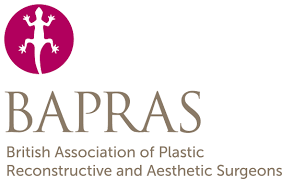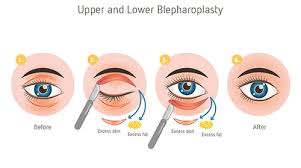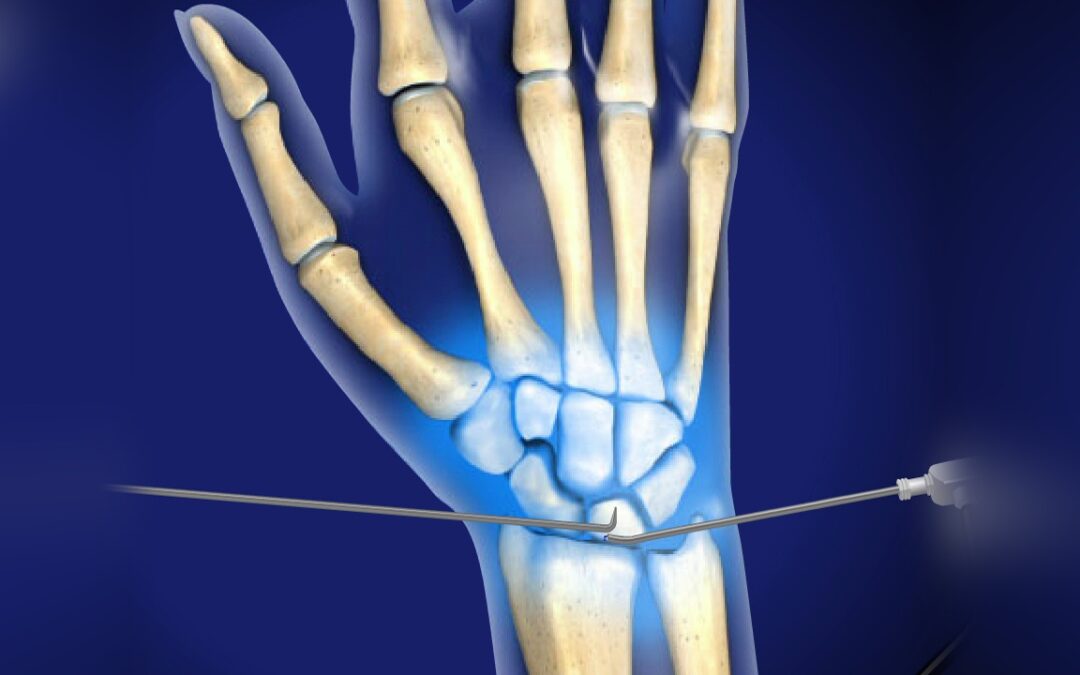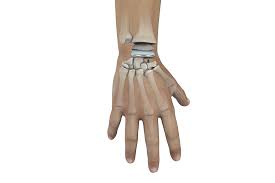Rhinoplasty
Rhinoplasty, also known as a nose job, is a surgical procedure that can be used to improve the appearance of the nose. It can be used to change the size, shape, or structure of the nose, and it can also be used to correct problems with breathing.
Who is a good candidate for rhinoplasty?
Rhinoplasty is a good option for people who are unhappy with the appearance of their nose, or who have problems with breathing due to a deviated septum. It is also a good option for people who have had previous rhinoplasty that they are not happy with.
What are the risks of rhinoplasty?
All surgery carries some risks, including:
- Bleeding
- Infection
- Numbness or tingling in the nose
- Scarring
What happens during rhinoplasty?
Rhinoplasty is usually performed under general anaesthesia. Mr Jabir will choose the technique most appropriate to your situation in discussion with you during your consultation, but in general, it involves making incisions inside the nose or on the outside of the nose, and then they will reshape the bones and cartilage of the nose. The incisions will then be stitched closed and a cast will be applied to maintain the shape of your new nose.
How long does rhinoplasty take?
Rhinoplasty typically takes 1-3 hours. You can go home the same day although in certain cases you may need to stay in the hospital for 1-2 nights after surgery.
What is the recovery time for rhinoplasty?
The recovery time for rhinoplasty is typically 2-4 weeks. You will need to wear a splint on your nose for 1-2 weeks after surgery. You will also need to avoid strenuous activity for 2-4 weeks. Swelling of the nose following rhinoplasty can take several months to settle down. It is also possible in certain cases that it takes several years for swelling to subside!
What are the results of rhinoplasty?
Rhinoplasty can produce dramatic results, giving you a more attractive and proportionate nose. However, it is important to remember that no surgery is perfect, and there will always be some scarring. It is very important to be prepared to accept the significant change of shape that may occur to your nose following rhinoplasty.
Here are some additional tips for patients considering rhinoplasty:
- Be realistic about your expectations. Rhinoplasty cannot completely change the appearance of your nose.
- Choose a board-certified plastic surgeon with experience in rhinoplasty.
- Ask your surgeon about their aftercare plan.
- Be prepared for a lengthy recovery period.
- Be patient with your results. It can take up to a year and in some cases 2-3 years for your nose to fully heal.
Here are some frequently asked questions about rhinoplasty:
- What is the difference between rhinoplasty and septoplasty? Rhinoplasty is a more extensive procedure than septoplasty. Rhinoplasty can be used to change the size, shape, or structure of the nose, while septoplasty is only used to correct a deviated septum.
- What is the difference between open rhinoplasty, closed rhinoplasty and preservation rhinoplasty? Open rhinoplasty refers to the lifting of the skin covering the nose to gain access to the bony and cartilaginous tissues that require adjustment in order to perform reshaping of the nose. In a closed rhinoplasty, the skin over the nose is left intact and the bone and cartilage are accessed through small incisions made in the nose. Preservation rhinoplasty on the other hand refers to techniques utilised during open rhinoplasty that are less invasive and “preserve” more of the cartilage and bone compared to techniques traditionally used during open rhinoplasty.
- Which is the best rhinoplasty technique out of those listed above? There is no technique that is superior to the other. The technique chosen will depend on the surgeon and what works best in their hands. It will also be determined to a certain extent by the patient and whether the proposed changes are best made via an open or closed technique. Preservation rhinoplasty is not really a technique in its own right and can quite easily lend itself to both open and closed techniques.
